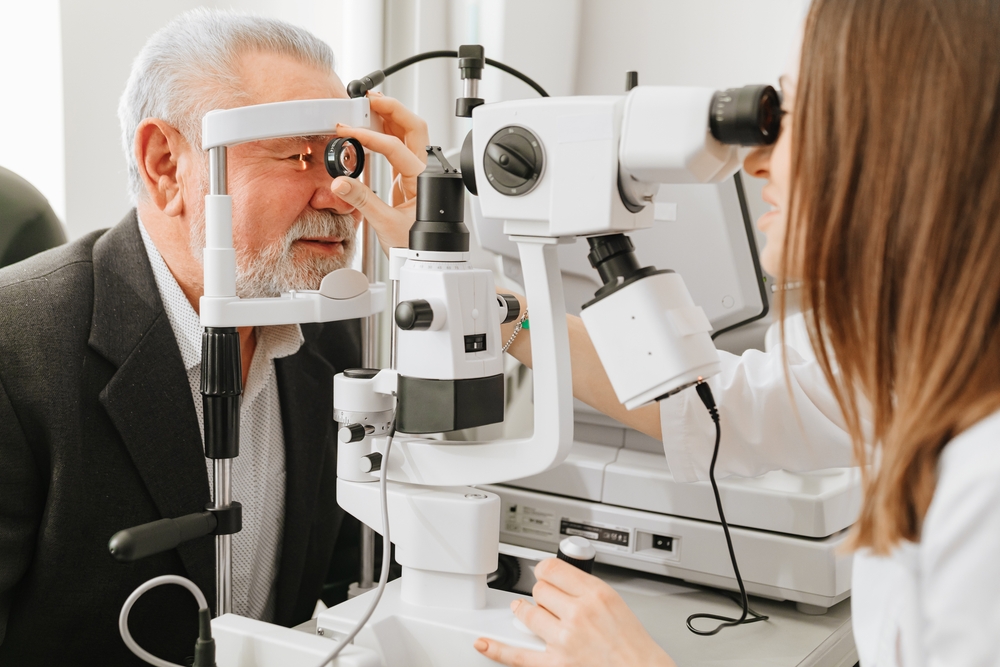
Refractive errors are the most common eye conditions. They affect children and adults. Studies suggest these conditions usually run in families. The conditions occur when the eyes fail to focus light correctly, leading to blurry or distorted vision. The common refractive errors are myopia, hyperopia, and astigmatism. They are usually corrected using eyeglasses, contact lenses, or surgery.
Common Refractive Errors
Refractive errors are common vision problems. They occur when the eyes cannot focus images clearly on the back of the eye surface (retina), leading to blurry vision. Refractive errors are due to changes in the eyeball length, where it is longer or shorter than usual.
The cornea shape, aging, or crystalline eye lens density can also cause a refractive error. If uncorrected, severe refractive errors can affect an individual’s daily activities and quality of life. Myopia, hyperopia, and astigmatism are the most common refractive errors.
Understanding Myopia
Distant objects focus in front of the retina, which makes them appear out of focus. People with myopia can see near objects clearly but struggle to see distant objects.
The refractive error is most prevalent in childhood and is more likely to be genetic compared to other errors. Severe myopia can increase the risk of developing eye diseases such as glaucoma and retinal detachment.
Understanding Hyperopia
Hyperopia, or farsightedness, is a refractive error in which images appear behind the retina. It may be due to an eyeball axis that is too short or the object’s refractive power is too weak. Distant objects appear clear, while near ones appear blurry or out of focus. Like myopia, hyperopia can be genetic, and individuals with high hyperopia are at high risk of developing eye diseases. They are more susceptible to squinting, eye strain, and amblyopia.
Understanding Astigmatism
Astigmatism is an eye condition characterized by abnormal cornea curvature. It causes two focal points in different directions, causing both near and distant objects to appear blurry. The condition can cause squinting and often manifests alongside myopia or hyperopia. It can start in childhood or adulthood, and symptoms include:
- Eye strain.
- Headaches.
- Eye fatigue.
Correcting Refractive Errors
Refractive errors can be corrected using eyeglasses, contact lenses, or eye surgery. Correction helps to improve the eye’s ability to focus light well. Corrective lenses compensate for eye irregularities, improving the quality of vision. Regular eye exams are essential to detect and correct refractive errors or eye conditions, ensuring optimal vision. Myopia tends to progress, beginning in childhood and stabilizing in adulthood.
Hyperopia tends to decrease as the eyeball lengthens as the child grows. Optical correction helps to improve the quality of vision. Scheduling regular eye exams will help to ensure you enjoy good vision.
The exams can detect refractive errors, and you can get the best treatment early. Eye doctors can recommend the best correction treatment depending on your vision condition. If you have significant astigmatism, the eye doctor may prescribe optical aids.
For more on understanding common eye conditions, visit Sight To See at our office in Geneva, Illinois. Call (630) 326-4417 to book an appointment today.






